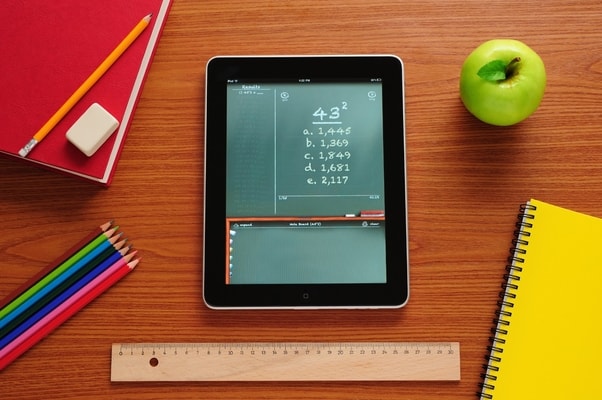
I often talk about how I like to see when technology works to improve our lives. Not necessarily just to make it easier, but that’s great too. I like to see when technology shows a clear benefit for people. A big benefit that we often overlook is how technology is improving our ability to learn. I don’t mean to sound simplistic, but think about listening to an audio book or a podcast. And think about how much you can learn from that information. But, to take it one step further – think about listening to it in your car. In the old days, you had to have that information on a CD, or a cassette (the horror). It required time and effort to go and get the book etc. But now you can put so many books right onto your phone.
That’s not to say that it’s a traditional way of learning. But it does give us the ability to learn at our own pace, and in a way that suits us. To me, that’s the greatest benefit of technology, and it’s grossly overlooked. That, thought, is an extremely simplified thought. There are so many other ways that technology has improved education for the better. Here are some of them.
3D Printing
Learning by doing has become increasingly popular in the last few years as more and more educators recognize that firsthand experience is the best way for young people to develop their problem solving skills. And there aren’t many (if any) technologies better than doing this than 3D printers.
3D printers provide an amazing opportunity to learn the basics of engineering and design. Schools all over the country now provide hands on learning to help kids understand engineering. Which is incredible! Even libraries have programs to help kids design their own products. It really is an amazing piece of technology.
Gaming
The use of video games when it comes to teaching has long been controversial. But it is an area that is gaining increasing traction in recent years. The extremely popular Minecraft has been used to teach everything from history to reading comprehension. The game even has an “Education Edition”. By creating an interactive environment with clear in-game rules, objectives and competitions, digital games encourage a more active learning experience that is better suited to capture the attention of today’s tech savvy learners.
Virtual Reality
The next step up from standard apps and video games is virtual reality. VR has already been implemented in many schools in both Europe and the United States. The goal is to teach subjects like biology and architecture, where you can interact with rendered visuals to enhance the learning experience.
Google Expeditions has made it possible to explore hundreds of locations around the world. With important information displayed onscreen and the ability for teachers to annotate their tours, learning about distant countries and natural wonders comes to life in a way never before possible.
Massive Open Online Courses
While the previously mentioned tech innovations have a great impact in the classroom, technology’s influence doesn’t end there. An increasing number of universities have jumped into the trend of offering massive open online courses (MOOCs) which enables millions of learners to take classes from anywhere in the world. Also, check your local library as I know they offer some as well.
MOOCs make use of online lecture videos, live discussion forums, quizzes and tests to provide a full learning experience. I, myself have taken a course or two related to work, and find them very easy to use.
Big Data and Customized Learning
Big data has already been harnessed to understand customer behaviour, sports performance, healthcare and more. With quantifiable data, it becomes easier than ever to identify opportunities for improvement or to deliver a personalized marketing message. That being said, big data is also starting to make an impact in the classroom. Algorithms and data tracking enable the monitoring of everything from test taking habits to reading comprehension. For example, data tracking can be used to identify areas in a text where students are having difficulty understanding the materials, or where they want to learn more about a particular subject. Individualized insights help teachers better address a student’s needs and provide feedback that will enhance their learning ability.
iPads and Chromebooks
Another popular tech innovation with a profound education impact are iPads and Chromebooks. They are fostering inquiry based learning in classrooms across the country.
Essentially, introducing these technologies to the classroom has flipped the entire experience — rather than having everything managed by the teacher, students are in charge of their own research, while the teacher facilitates the experience.
When students are put in charge of their learning, they become more engaged and have a higher chance of retaining what they study. Teachers use the technology to guide their efforts to find answers to questions or to solve problems that can’t be answered with a simple yes or no.
There are so many ways that technology can improve our lives. I am happy to see these things being used in classrooms in order to help young people get a better education. Are there any other tools out there that you know of that didn’t make our list?









